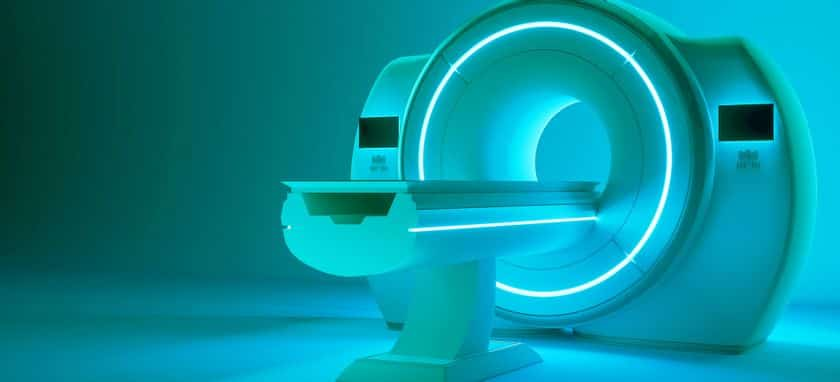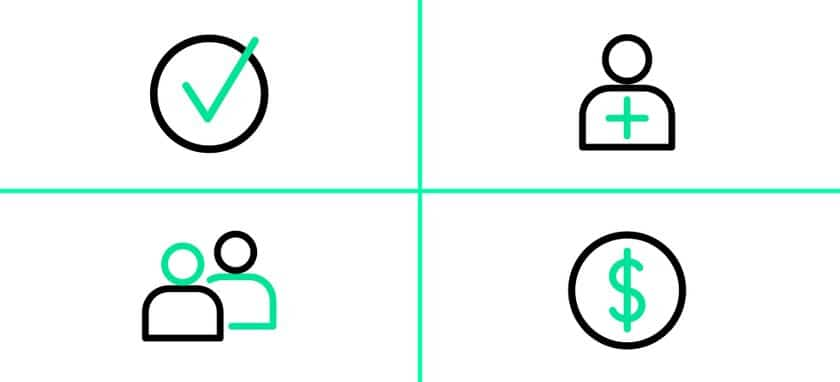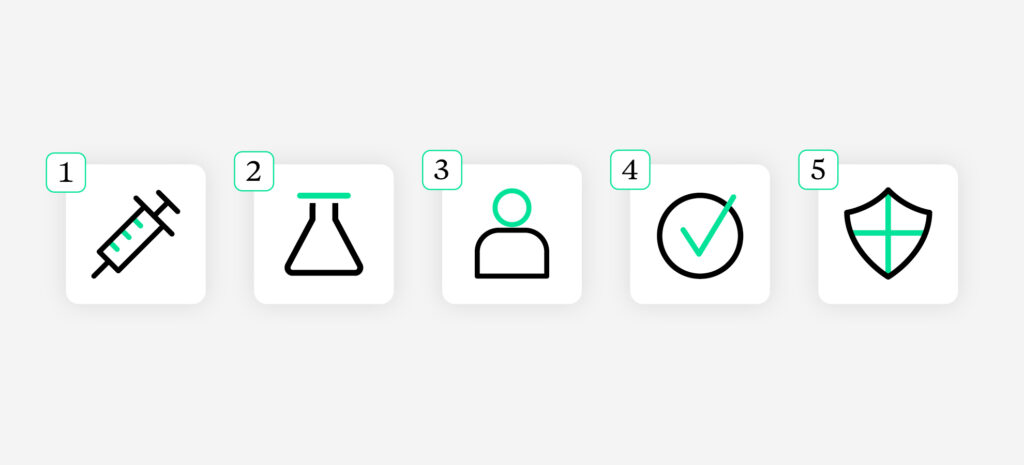During the pandemic, medical device companies acted quickly to keep important work moving amid crisis conditions. And despite the chaos, 2020 was a record year for the industry, with 132 novel medical devices approved, cleared, or authorized by the FDA. That medical device teams found a way to continue innovating during so much disruption speaks to their agility and resilience – and perhaps provides a glimpse into how medical device virtual engagement efforts will chart a path for the future of virtual work among medtech teams.
How will medical device virtual engagement continue delivering value?
Medical device organizations accomplished many of their COVID-era achievements by adopting virtual tools that kept them engaged and aligned with colleagues, sales reps, patients, and HCPs. As in-person meetings resume, the benefits realized through virtual interaction mean that a substantial portion of medical device work may remain virtual long after the pandemic recedes.
Asynchronous virtual engagement – online collaboration sessions held over a period of days or weeks – overcomes a number of obstacles common to in-person settings, such as language barriers, dominant personalities, hierarchy influence, and extensive (and sometimes haphazard) follow-up.
Programs conducted in an over-time, hybrid environment excel in overcoming those obstacles, and 2020 was a watershed moment for organizations that were previously resistant to adding virtual engagement to their business strategy. While video conference platforms provided the basic ability to interact, uptake of asynchronous platforms like Within3 – offering language translation, autosave, document collaboration, multiple question types, polling, and medical dictation – enabled teams to experience a new level of collaboration in a virtual setting.
From virtual engagement to holistic insights management
For some organizations, the benefits of over-time virtual engagement were apparent not only in the ability to keep work moving but in how much that work was accelerated, even under challenging circumstances. Other shifts are underway, too: According to McKinsey, many medical device companies understand they are living in an omnichannel world and taking steps to adjust. The result is more opportunities to offer personalized engagement and build stronger relationships with HCPs – ultimately leading to better patient care.
Pivoting to an omnichannel engagement model means taking steps to view virtual interaction through a wider lens, one that considers engagement as part of a broader insights management strategy. This approach enables medical device teams to prepare for virtual engagement on a more granular level and do more with the outcome of engagements like virtual advisory boards.
“…the medtech industry is shifting from a model that revolves around sales reps to an omnichannel world in which HCPs are able to access information as and when they need it. – McKinsey
In the real world: How virtual engagement accelerates work
One medical device team recently discovered that a single virtual advisory board on our platform moved their work much further along than they expected.
The team held a three-week asynchronous session following a live 30-minute webcast, with questions divided into five different focus areas. Nine KOLs provided nearly 400 responses, and due to the quality and volume of feedback, the medical device team was able to move their project forward by leaps rather than steps.
Thanks in large part to the focus enabled by the asynchronous platform, the KOLs became passionate about the project over the course of the meeting. Rather than planning subsequent advisory boards – as they might have done after a face-to-face meeting – the team quickly shifted course to advance the project to its next stage.
With the ability to pare many meetings down to one, the team saved time, reduced costs, and changed the product development pathway – but more importantly, increased the potential benefit to HCPs and patients.
A plan for the post-pandemic future
Medtech and medical device innovators showed remarkable resilience in a time of unprecedented disruption to the industry’s status quo. Teams that integrate virtual engagement into their insights management strategy for 2022 and beyond stand to increase the depth and breadth of insights and gain competitive advantage – all while getting life-changing devices to market more efficiently.
Want to dive deeper? Get an overview of the medical device industry’s new challenges and how teams are using virtual tools to add agility to operations – download the 2022 Medical Device Virtual Engagement Trends + Industry Snapshot.






